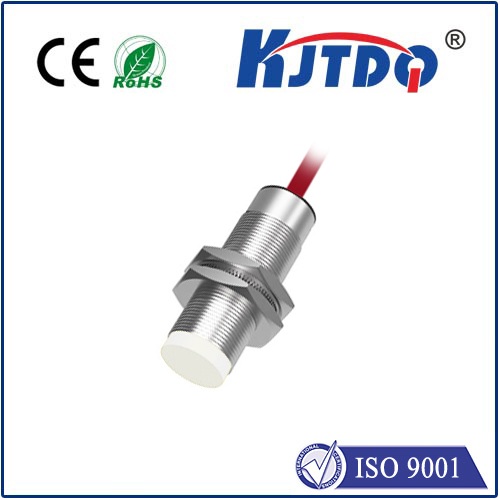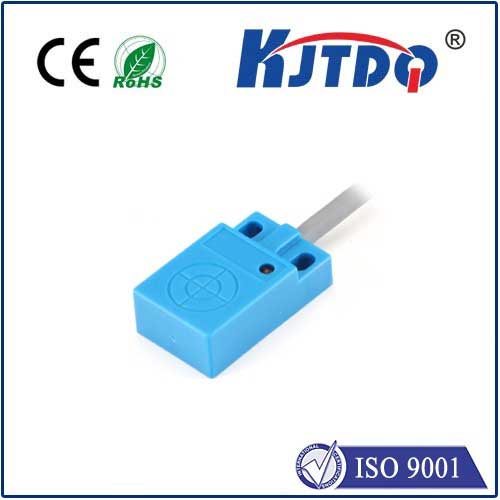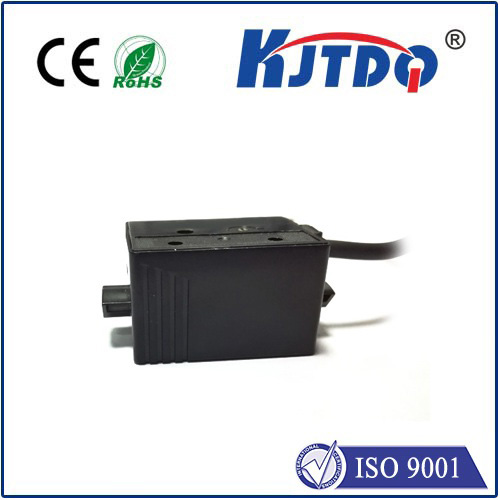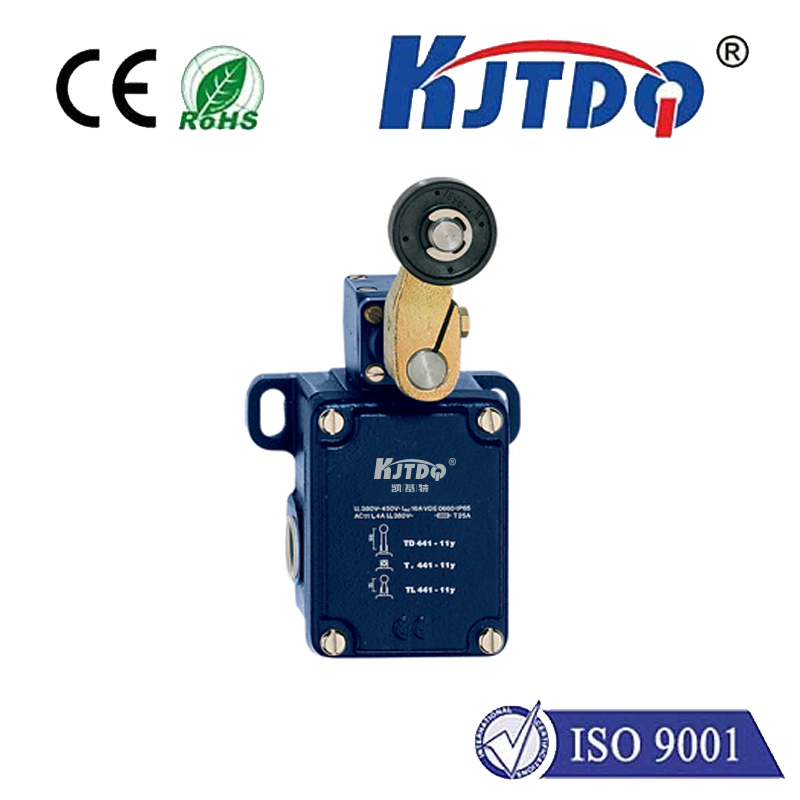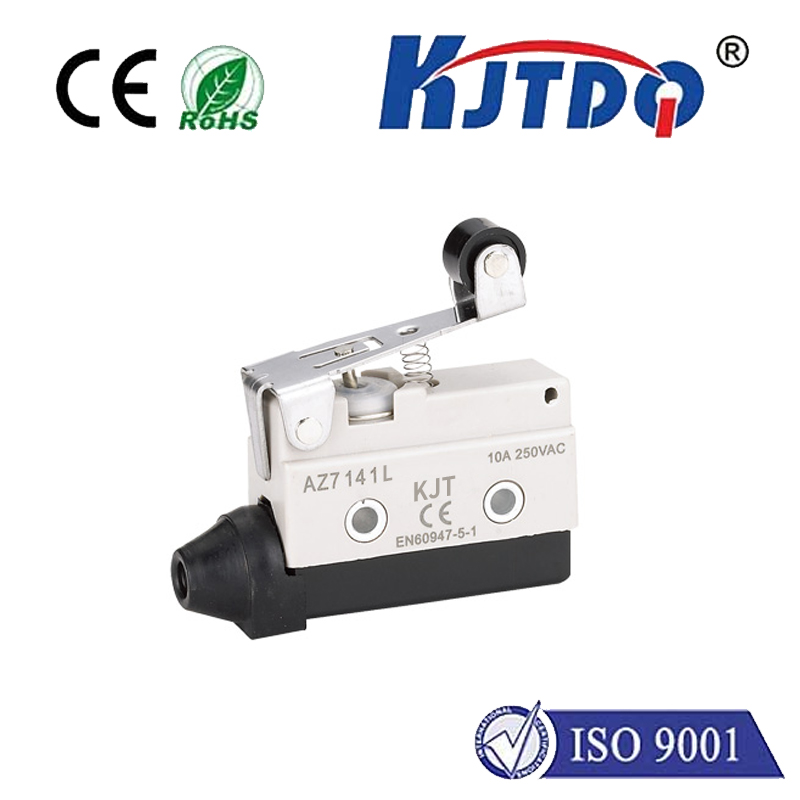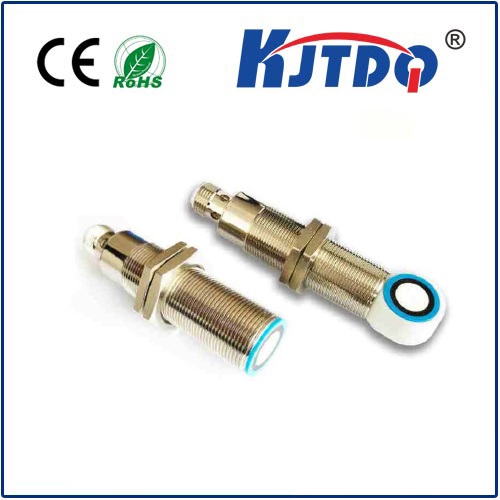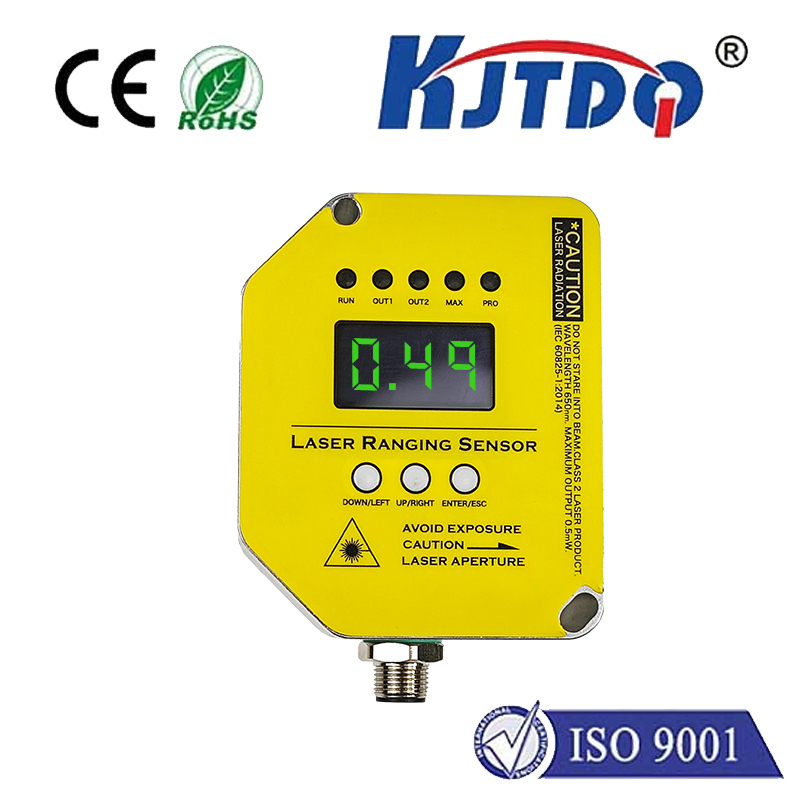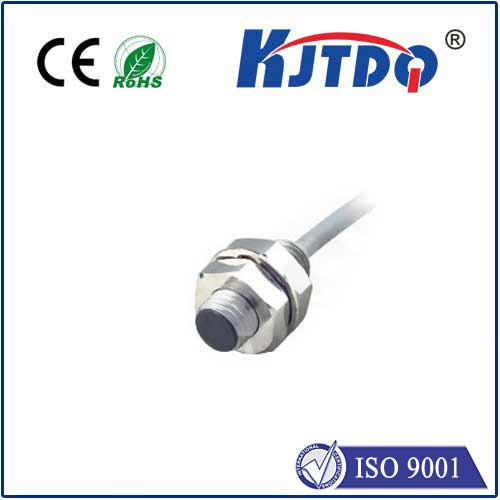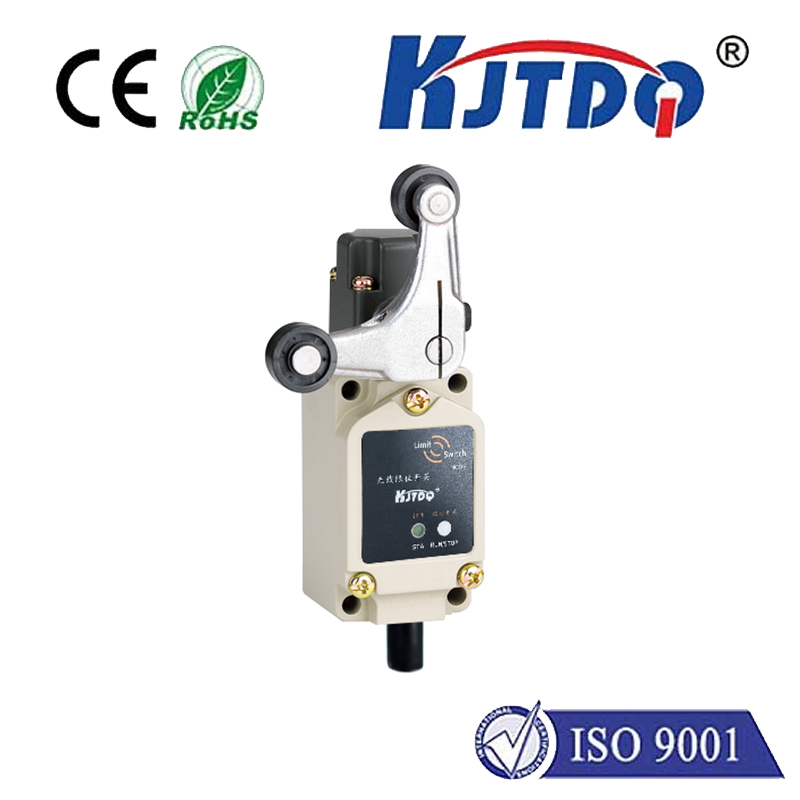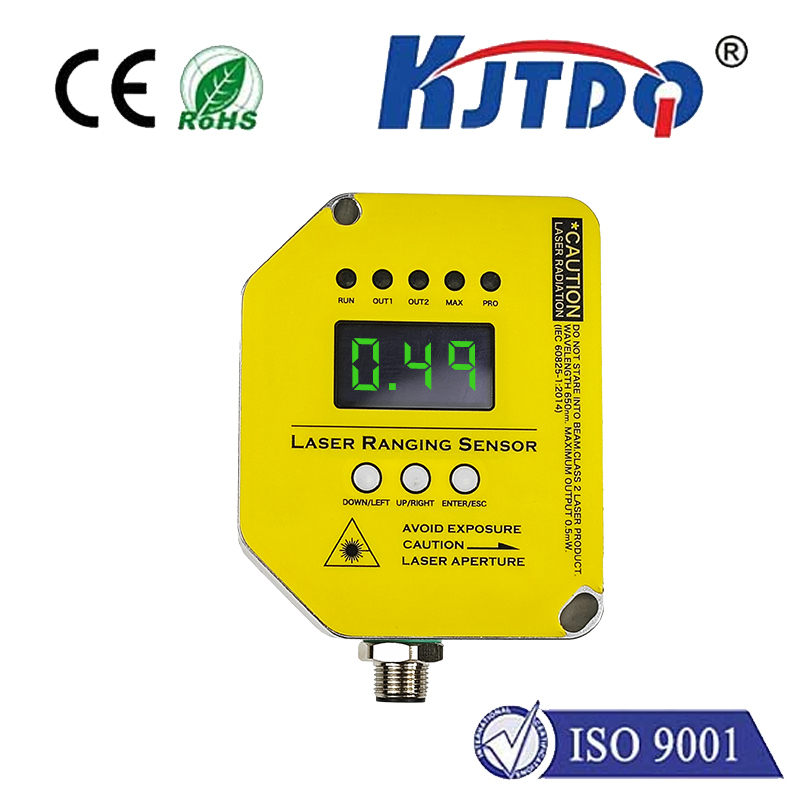

check

check

check

check

check

check

check

check

check

check
Understanding the Critical Role of DC Motor Limit Switches in Industrial Applications
DC motors are an essential component in many industries, from manufacturing to transportation. These powerful and versatile machines have revolutionized the way we produce and transport goods, making our lives easier and more convenient. However, with great power comes great responsibility, and ensuring the safety and efficiency of these motors is crucial for any operation. This is where limit switches come into play, serving as a critical safeguard for DC motors in industrial applications.
A limit switch is a device that detects the presence or absence of an object or material within its sensing area. It can be used to control various functions such as counting, positioning, leveling, and end-of-travel indication. When it comes to DC motors, limit switches are primarily used to determine the endpoint positioning during start up and operation. This is especially important in situations where manual intervention would pose a risk to personnel or equipment.
In a typical setup, the limit switch will be mounted at the desired endpoint on the machine frame or structure. As the DC motor drives the machinery or conveyance system, it will eventually reach the point where the limit switch is triggered. This triggers a signal that can either stop the motor entirely or reverse its direction, depending on the application's needs. For instance, in a conveyor belt system, a limit switch could be used to halt the belt once it has reached the end of its track, preventing items from falling off or the belt from becoming damaged.
One of the significant benefits of using limit switches is their ability to improve overall efficiency. By automatically stopping or reversing machinery at pre-determined points, operators can focus on other tasks without constantly monitoring individual machines. Moreover, limit switches can help prevent accidents and minimize damage by ensuring that machinery does not overshoot its intended path.
However, it's also important to note that limit switches require proper maintenance to function effectively. They must be regularly checked for wear and tear and replaced if necessary to avoid failures that could lead to costly downtime or even injuries. Additionally, choosing the right type of limit switch for your specific application is crucial for achieving optimal performance.
In conclusion, DC motor limit switches play a vital role in enhancing safety and efficiency in industrial operations. By providing precise endpoint detection, these devices allow for automated control and protection of machinery, minimizing potential risks and maximizing productivity. As technology continues to advance, it's likely that limit switches will become even more integral to managing complex systems powered by DC motors.
